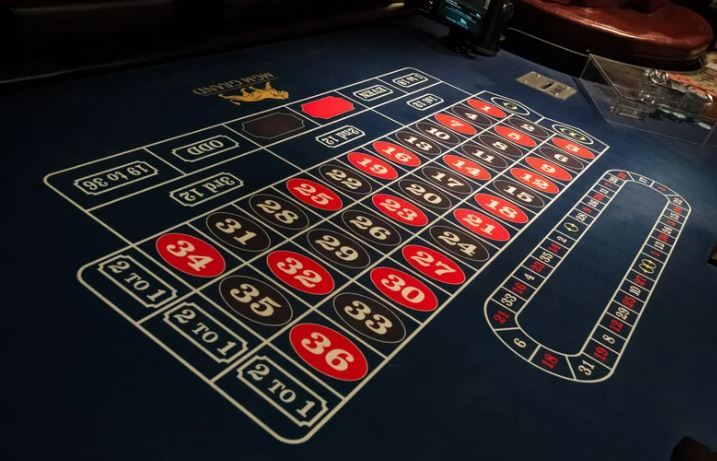
Roulette Dozens & Columns System – Does It Work?
Ever noticed all those rows and groups of numbers on a roulette table and wondered what they mean? Maybe you’ve heard about players using something called the dozens and columns system while placing their chips, hoping it can give them a better chance to win.
If you’re new to roulette, the idea behind this system can seem a bit unclear at first. With so many ways to bet, it’s natural to ask whether these approaches genuinely change anything.
Let’s unpack how dozens and columns work, how people use them as a system, and what the maths says when you look at results over time. Read on to learn more.
What Are Dozens And Columns In Roulette?

The roulette table is split into sections, and dozens and columns are two of the most common outside bets. On a standard European wheel, the numbers run from 1 to 36, with a single green zero. The table layout arranges those numbers into three rows of twelve.
A dozens bet covers a block of 12 numbers at once. There are three options: 1–12, 13–24, or 25–36. If the ball lands on any number in your chosen block, the bet wins and pays 2 to 1.
Columns work similarly in size but draw their 12 numbers from every third position on the grid. There are three columns to choose from, and a successful column bet also pays 2 to 1.
These bets cover far more than a single number, which is why they see a lot of action. They do not, however, include the zero. If the ball lands on zero, dozens and columns lose. Regulated games use certified Random Number Generators (RNGs) or physical wheels that are independently tested, so outcomes are unpredictable on every spin.
If you do decide to try your hand at roulette, remember to do so responsibly and within your means; never wager more than you can afford to lose.
How Does The Dozens And Columns Roulette System Work?
The dozens and columns system isn’t a single fixed method. It refers to the idea of centring most of your betting around these two bet types, sometimes combining them to cover more numbers at once.
A common approach is to split chips across two dozens or two columns on the same spin. For instance, placing £1 on the 1st 12 and £1 on the 2nd 12 means 24 of the 37 wheel outcomes are covered. If one of those 24 numbers lands, the winning dozen pays 2 to 1. In this example, you’d receive £2 in winnings plus the £1 stake on the winning dozen, while the other £1 stake loses, leaving a net gain of £1. If the ball hits the remaining dozen or zero, both stakes lose.
Players use columns in the same way. The structure and payouts are identical, only the groupings of numbers change according to the table’s grid.
Coverage is not the same as having an edge. The price you pay for that wider coverage is baked into the payout. That is why it might help to look at the numbers behind it before deciding whether the system suits your preferred style.
Is The Dozens & Columns Strategy Profitable?
Roulette includes a built-in house edge. On a European wheel, the single zero gives the house an advantage of about 2.7%. That figure doesn’t change with bet selection, because payouts are set to account for it.
You can see this in the expected value of a single dozens or columns bet. A dozen covers 12 of the 37 possible outcomes. The chance of a win is 12/37, paying 2 to 1; the chance of a loss is 25/37. For a £1 stake, the expected result is:
- Win component: 12/37 × £2
- Loss component: 25/37 × £1
Overall, that works out to -£1/37, which is roughly -2.7 pence per £1 wagered.
Now look at the popular two-dozens approach. Using £1 on each of two dozens, there are 24 winning numbers and 13 losing outcomes (the remaining dozen plus zero). A hit returns a net of +£1, a miss loses £2. The expected result per spin is:
- 24/37 × £1 plus 13/37 × -£2 = -£2/37
That is still about -2.7% of the total £2 stake. In other words, the frequency of wins changes, but the long-term return does not.
This is why no betting pattern using dozens or columns can remove the house edge. What it can change is the rhythm of results. Two-dozens betting tends to produce smaller, more frequent wins and the occasional double loss. That pattern can feel steadier for some players, but the underlying return to player remains the same.
Always keep responsible gambling practises in mind.
**The information provided in this blog is intended for educational purposes and should not be construed as betting advice or a guarantee of success. Always gamble responsibly.
*All values (Bet Levels, Maximum Wins etc.) mentioned in relation to these games are subject to change at any time. Game features mentioned may not be available in some jurisdictions.


